Visit February’s exhibit at the Deo Gallery: Looking Back is a retrospective of analog photography that captures authentic human moments from around the globe.
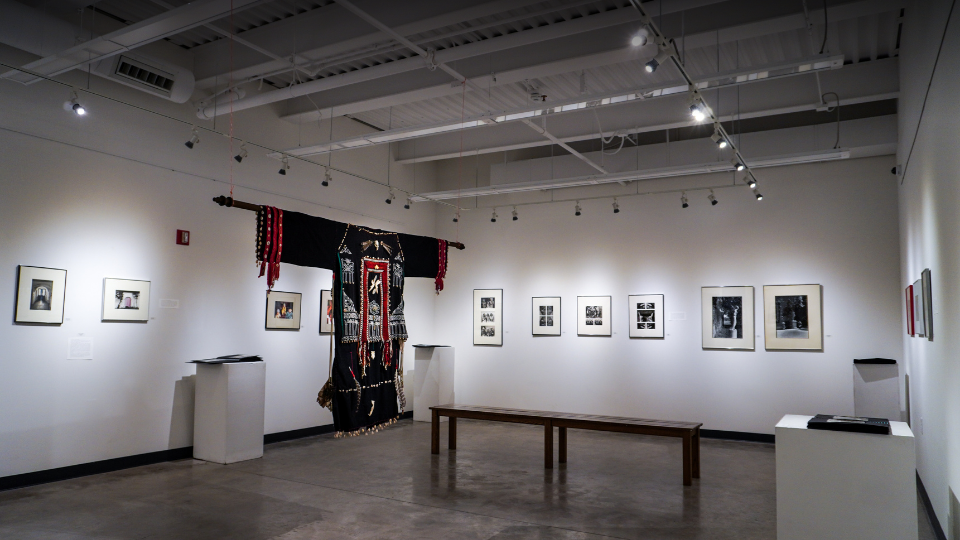
Christine Saari grew up on an Austrian mountain farm, immigrated to the United States in 1964, and moved to Marquette in 1971. As a 32- year old graduate student wife, a mother of two preschool boys, and a freelance writer, Saari wanted to learn something new, so she took an adult education class on exposing and developing film. She began her photographic career in 1972 and has worked in the medium ever since.
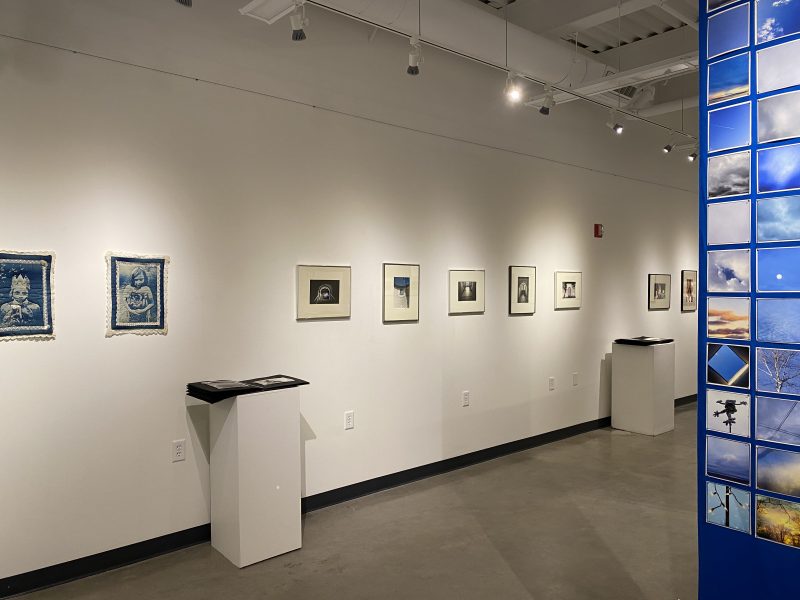
“In Marquette, I set up a darkroom in our bathroom and taught myself to print. From 1972 to 1975 I took a few classes in photography at NMU, as a non-degree student – 7 years of university studies in Austria had been enough! At the university, I found young undergraduates like Christine Garceau and Katie Knight, who, like me, were searching for more than learning technical aspects of photography.”
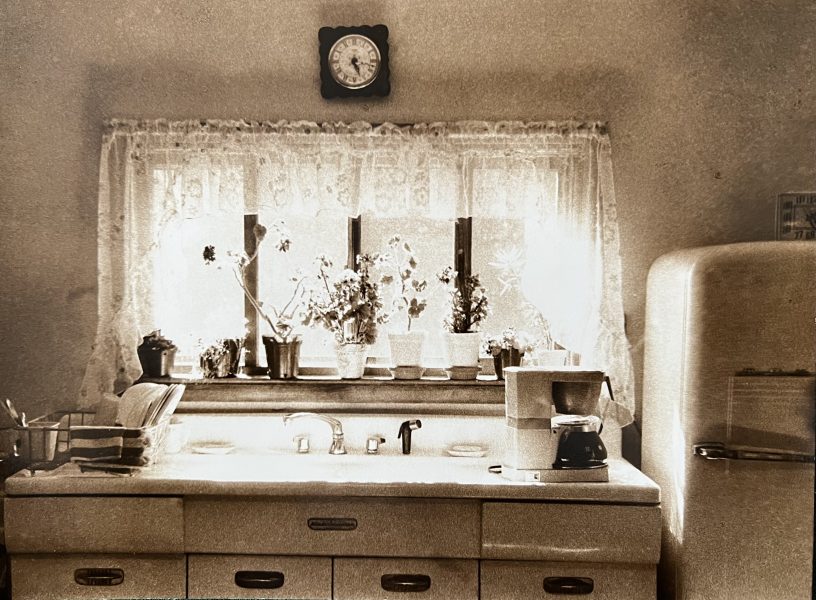
“We were interested in the content of our work and how our female identity informed it. We founded a number of woman-oriented art groups: The Women’s Art Alliance, Women’s Work: A photographic Collective, Interplay…and the UP Women’s Art Exhibit. This fit in with the national trend that brought women’s issues into the foreground and in Marquette led to the founding of the Women’s Center in which I was actively involved. No wonder my early photographs were portraits of women!”
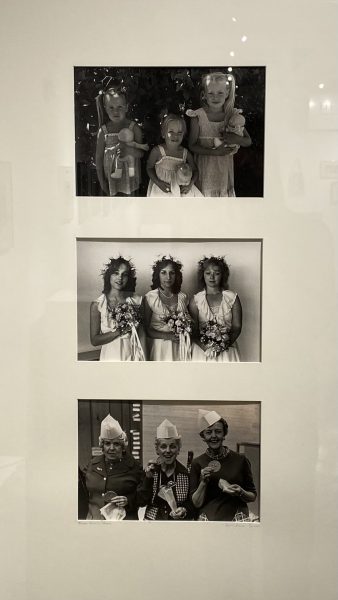
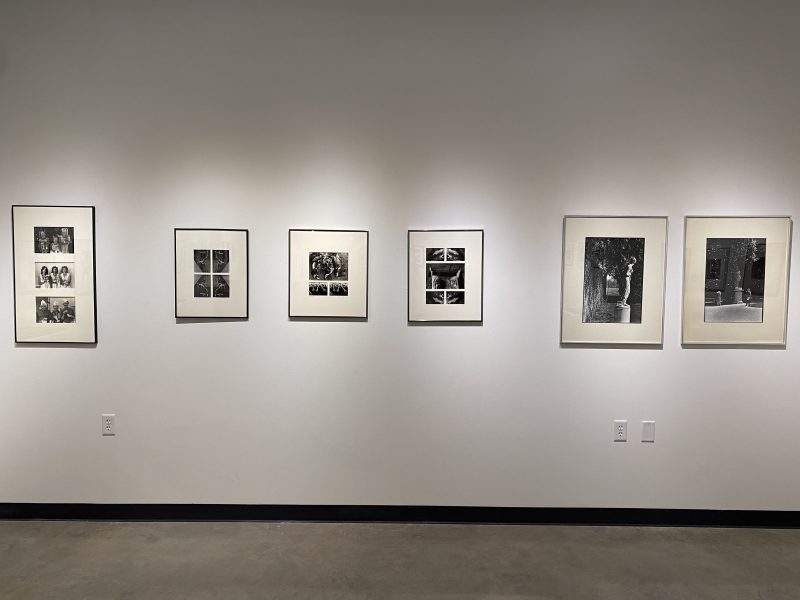
“These portraits are not on the wall, but you can see some of them in one of my photo albums. At the same time, I was fascinated with Gaston Bachelard’s book The Poetics of Space. Photographing women lead me into their houses and their intimate spaces. I spent much time, exploring this theme, including widows and filtered light, which led to a large exhibit at MTU (Intimate Spaces, part of a Women’s sphere program) to a grant-supported exhibit at WARM in Minneapolis (Women’s Art Registry of Minnesota) and the invitational Michigan Biennial at MSU.”
“In the early eighties, as I became more confident about my work, I entered competitive juried shows in Michigan and Wisconsin, invitational exhibits, applied for grants, got awards, gave workshops, was accepted into permanent collections, sold work, published photos. To grow, I attended workshops by master photographers in Minneapolis (Eva Rubinstein’s Messages from the Interiorstands out) and in New York (Mary Ellen Mark).”
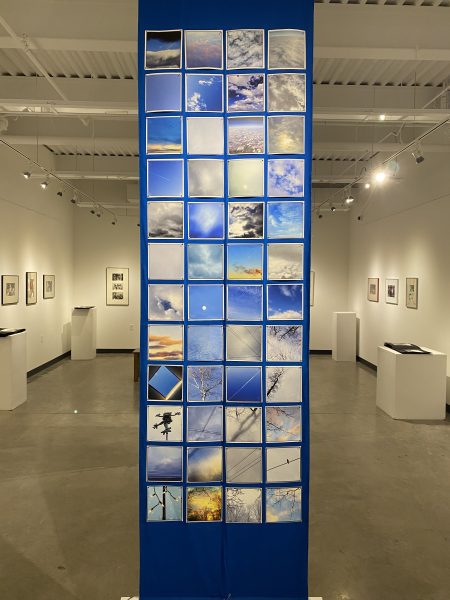
“A year in China (1985/86) and 2 successive trips(1990; 1994) directed my work toward documentary photography – in black and white and color and led to a number of exhibits in the Midwest and to slide presentations together with my husband.”
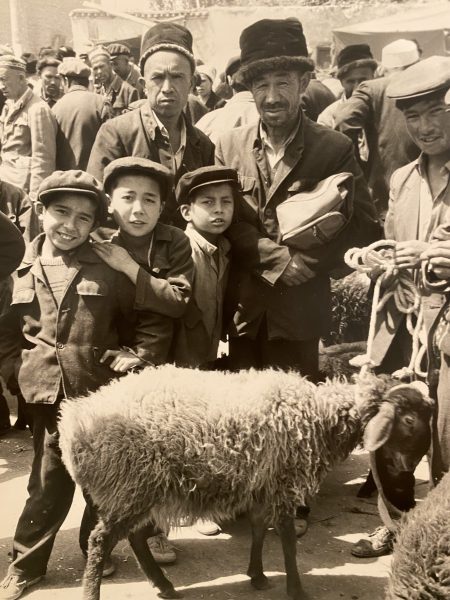
“In the early nineties, as I was becoming a grandmother, my annual stays in Austria directed my attention to my family background. I began to explore the letters, documents, and photographs stored in our attic and brought suitcases of the materials to Marquette. I transcribed and translated letters, sifted photographs, and wondered how all this could make art, that goes beyond the personal. A piece in the UP Women’s art exhibit about the war-time Letters from my father, for which I received a $1000 Best of Show (1993) encouraged me to pursue this idea. Years of work led to a Creative Artist Grant from the Michigan Council for the Arts (1998) to support my exhibit Family Album (1999). Over the following years, I expanded the work, exhibited it in Michigan, Wisconsin, Minnesota, and Montana. It was part of the extensive Focus 2000 Photo project in Detroit. In this mixed media work, I used many alternative photo processes which had piqued my interest many years before.”
“The Family Album collection, for me, is the most significant of my artistic expression, was permanently installed in a private Gallery at the Austrian farm in 2010. There are only a few examples of this series in this exhibit. For me, Family Album brings together much of what I have attempted before: My interest in portraiture, in alternative processes, in hands-on work, in integrating photography into three-dimensional artwork, in combining words and images, in conveying emotion through visual work, in making the personal universal.”
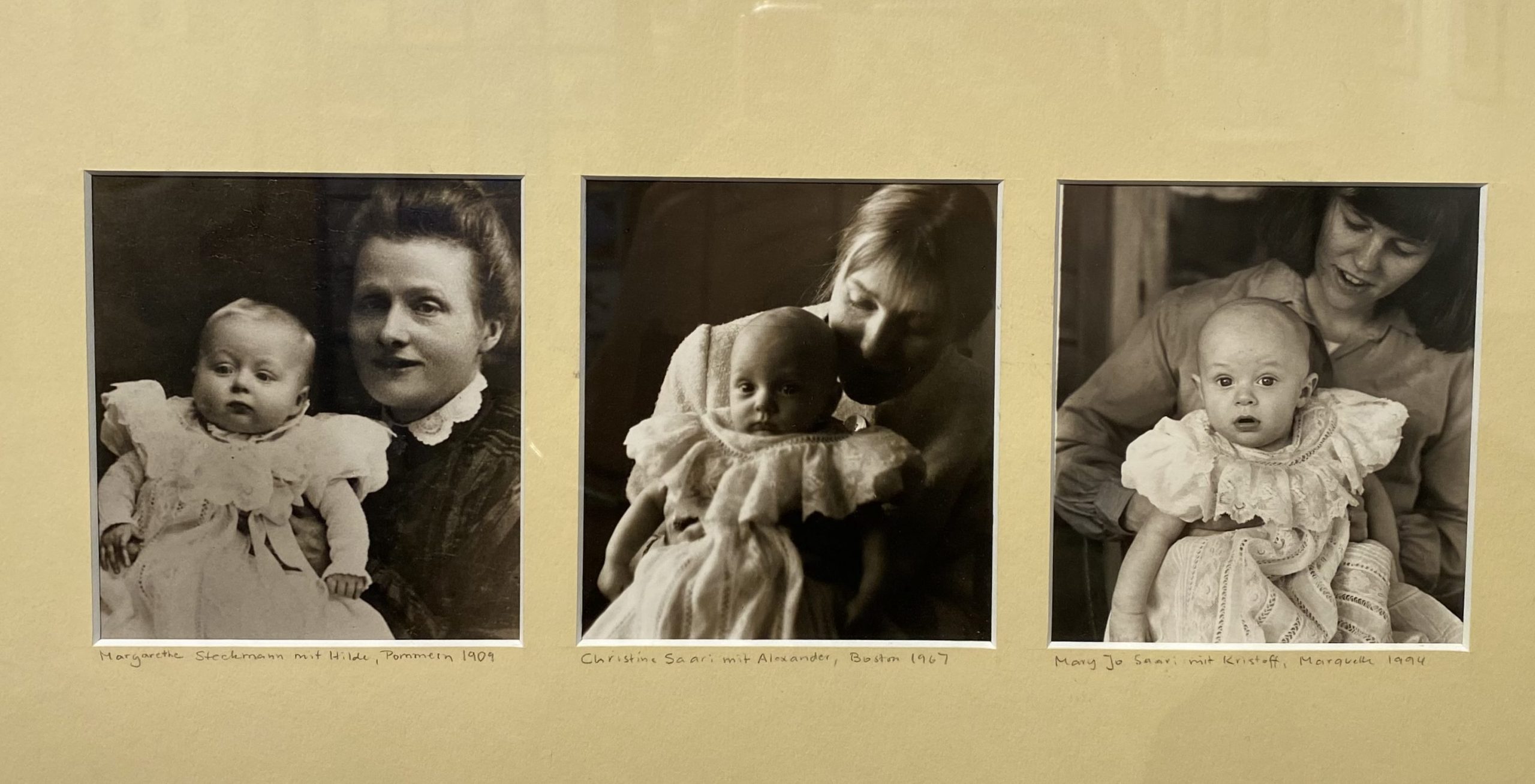
“What jumps out at me first, when reflecting on my 50 years of engagement with photography, are the changes that have occurred with the digital age,” Saari says. “Almost all the work in this exhibit is pre-digital, hands-on, using an analog camera, film, darkroom chemicals.”
For the past 10 years, her emphasis has been on mixed media cigar box shrines, not included in this exhibit. The shrines can be seen at her Studio at 810 N. Third St. or The Gallery at 130 W. Washington Street. Saari’s artist talk from the “LOOKING BACK” reception is displayed in the video below.